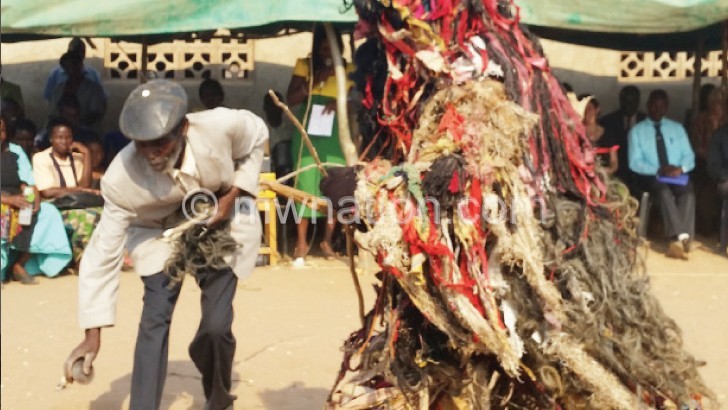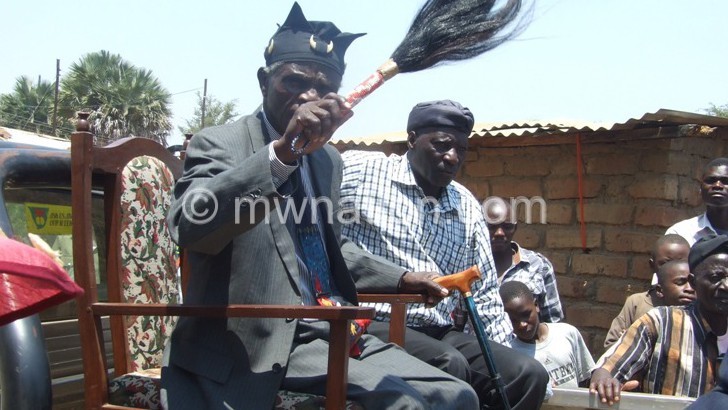Talking funerals with green leaves

People in both rural and urban areas of the country still use leaves to tell people about funerals. How significant is this age-old tradition in today’s technologically advanced world? ORAMA CHINAMULUNGU finds out:
As technology in the world continues to advance, new innovations are slowly replacing traditional means of communication in the society.
In the past for instance, people used things such as smoke, drums, horns etc to communicate a specific message such as funerals and the birth of a child.
Today, Malawians, just like people from many parts of the world, no longer depend on face-to-face communication as the only most dependable and easiest way to relay messages. Mobile phones, the Internet and other social media have slowly gained ground largely because of their efficiency.
However, there are other means of traditional communication which are refusing to die such as the use of tree branches and green leaves to tell people there is a funeral nearby.
Despite the emergence of technology which has seen people using cellphones to make calls, e-mails to send letters and other social media such as Facebook to send messages, putting leaves on the road is still being used to inform people about funerals.
This is an old tradition which has been in existence for hundreds of years.
In both rural and urban areas, for one to quickly notice that there is a funeral nearby, they see green leaves on both ends of the road leading to the house where the funeral has happened.
This sign also tells people that if they are riding bicycles or playing loud music in their vehicles, they should behave appropriately, befitting a funeral.
“The leaves that are used at a funeral are plucked fresh and green meaning that the person was once a living organism. It is a pity that when motorists have breakdowns, people tend to use leaves, but green leaves normally signify a funeral,” said Group Village Head Mataka of Chiradzulu.
He says the leaves are supposed to be swept and burned the third day after the burial ceremony. After the burning session, unless it is something important, the dead person should no longer be discussed.
Despite this being an old tradition in existence old people have no clear evidence as to where this originated from but they still see its significance.
“I found the tradition in practice so I keep observing and following it for it was passed on to us by our forefathers” explained former Malawi Broadcasting Corporation radio personality, Jameson Kaduya.
He further explained that besides having mobile phones which are used to communicate funeral message, there is still need for people to continue using leaves because it is not possible to communicate the message to the whole community using a mobile phone.
In a typical village where traditional beliefs have not been thrown away like most of the places, a person who passes by a funeral ceremony without observing the sign and does his/ her own way, that particular person is taken to the chief for answering.
“Failure to respect a funeral ceremony sees people being taken us for questioning and disciplinary measures. These people are then ordered to pay a fine (Chindapusa) which is usually a chicken” explained Mataka.
The small things that happen in our societies are worth knowing. There are a number of things that happen around us but we don’t know why such things were put into practice. It is time for us take interest in finding the source of some of these practices.






Talking funerals with green leaves |The Nation Online